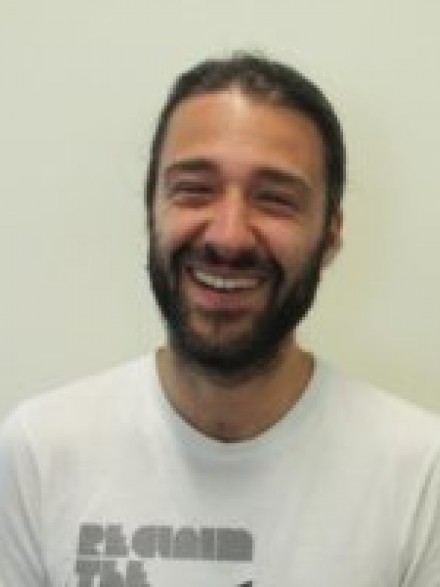Sidebar
Events Calendar
The life stories of galaxies from stellar fossils
Cool stars are fossils from the history of the universe and their properties can provide unique insights on the formation and evolution of the Milky Way. We are now systematically studying stellar populations in the broader Galactic context, and thanks to transformational facilities we will soon be able to bridge between the Milky Way and other galaxies. Measuring the chemistry of resolved stellar populations up to a few million of parsecs will open up science cases that so far could only be addressed with nearby stars, and transform our ability to test and to use the Milky Way as a template to study other galaxies. I review some of the main results obtained in this quest, present ongoing efforts and highlight future directions with upcoming observational facilities.

A/Prof Luca Casagrande
I obtained a Master's degree in physics at the University of Torino (Italy) and PhD in astronomy at the University of Turku (Finland). In 2008 I was awarded a fellowship from the Max Planck Institute for Astrophysics (Munich, Germany). I stayed there for three years, before taking up a Stromlo Fellowship at the ANU Research School of Astronomy & Astrophysics (RSAA). I was awarded an ARC Future Fellowship in 2016 and I am now a member of the Faculty at RSAA.
Research interests
His field of research are stellar and Galactic astronomy, working on the determination of stellar parameters and the use of stellar populations to understand the formation and evolution of the Milky Way. Among his results, he has solved a decade long problem by firmly set the zero-point of the stellar effective temperature scale, and he has provided the first observational evidence that stellar radial migration is responsible for broadening the metallicity distribution of stars as function of age. He is actively involved to improve inclusion, diversity and equity in astronomy, he is a member of the European Astronomical Society, the Astronomical Society of Australia and an elected member of the Commission on photometry and polarimetry of the International Astronomical Union.
